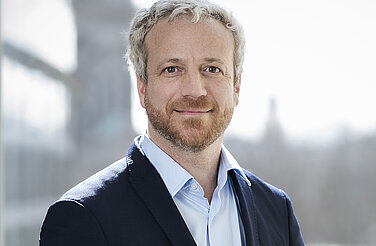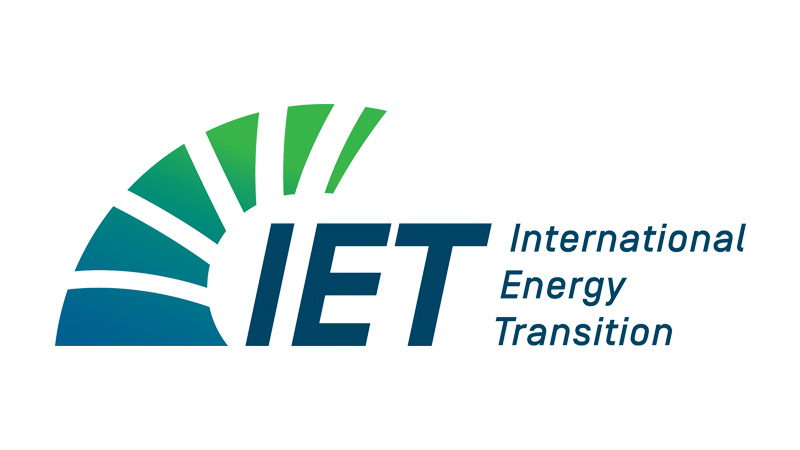-
The German Energiewende is here to stay. Started in the 1990s, it is a long-term energy and climate strategy reaching as far forward as 2050.
It enjoys broad public support and is driven by four main political objectives: combatting climate change, avoiding nuclear risks, improving energy security, and guaranteeing competitiveness and growth.
-
Wind energy and solar PV are the backbone of the German Energiewende and flexibility is the new paradigm of the power sector.
Wind and solar energy are now cost-competitive with conventional energy sources for new investments. These technologies, however, impact power systems, making increased system flexibility crucial. Fossil power plants currently deliver the needed flexibility; increasingly other options (demand side management, storage,… ) will become more important.
-
The Energiewende requires a structural change in the German energy sector, bringing new challenges and opportunities.
Given the transformative nature of the Energiewende, investment, growth, and employment are shifting towards new low-carbon sectors. Renewable energy and energy efficiency are providing several hundred thousand jobs, while jobs in the nuclear and coal sectors are declining. A broad consensus on the phasing out of coal is needed to accompany this restructuring process.
-
The transformation of the power systems toward renewable energy is not only taking place in Germany but worldwide.
In 2014, for the third year running, worldwide investment in new renewable capacity exceeded investment in fossil-fuel power. Many other countries in Europe and beyond have set ambitious renewable energy targets. The challenges faced by Germany are therefore a preview of what is likely to occur in several other countries in the medium to long-term.
Understanding the Energiewende
FAQ on the ongoing transition of the German power system

Preface
Energy systems worldwide are entering a phase of transformation. The European Union, for example, has adopted ambitious goals to move toward a low-carbon economy and fully integrated energy markets. Furthermore, the G7 countries declared in June 2015 that they would strive to fully decarbonize their power systems, and China has just become the world’s largest renewable energy market. Germany is playing a prominent role in this transformation process, having adopted one of the most ambitious energy transition programs of all industrial nations – the Energiewende. With this long-term strategy – started more than a decade ago and invigorated after the Fukushima nuclear accident – the country has decided to fundamentally transform its power sector, phasing out nuclear and coal in favor of renewable energy within the next four decades.
Wind and solar energy are the backbone of the German energy transition. Yet around the world, wind and solar are abundantly available and generation costs are rapidly decreasing. We therefore strongly believe that many of the developments we currently see in Germany are highly relevant for other countries in Europe and beyond. While the German approach is not unique worldwide, the speed and scope of the Energiewende are exceptional, attracting wide attention and debate in Europe and abroad.
This document answers some of the most frequently asked questions on the ongoing transformation of the German power system, delivering fact-based information. It focuses on the power sector, which many studies have shown will be crucial in this transition.
Key findings
Bibliographical data
Downloads
-
pdf 4 MB
Understanding the Energiewende
FAQ on the ongoing transition of the German power system









